Mercury is a nasty toxin that harms humans and ecosystems. Most human exposure comes from eating contaminated fish and other seafood. But how does mercury enter the Australian environment in the first place? Our recent
Australia’s gold industry stamped out mercury pollution — now it’s coal’s turn
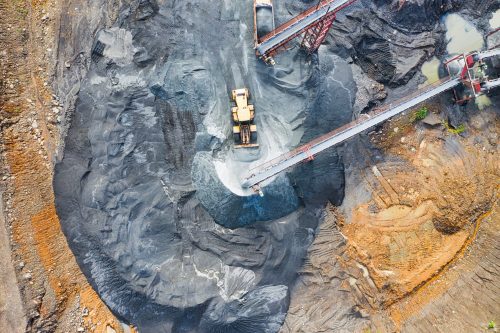

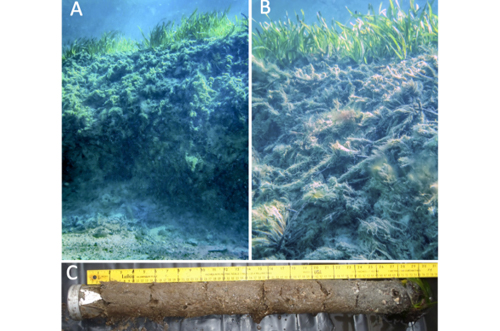
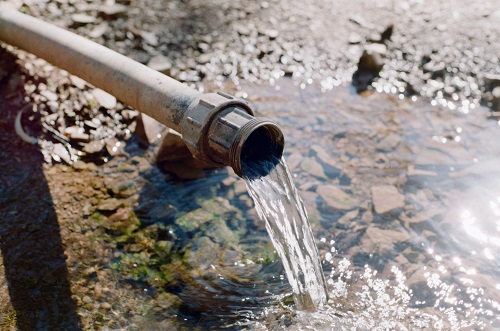

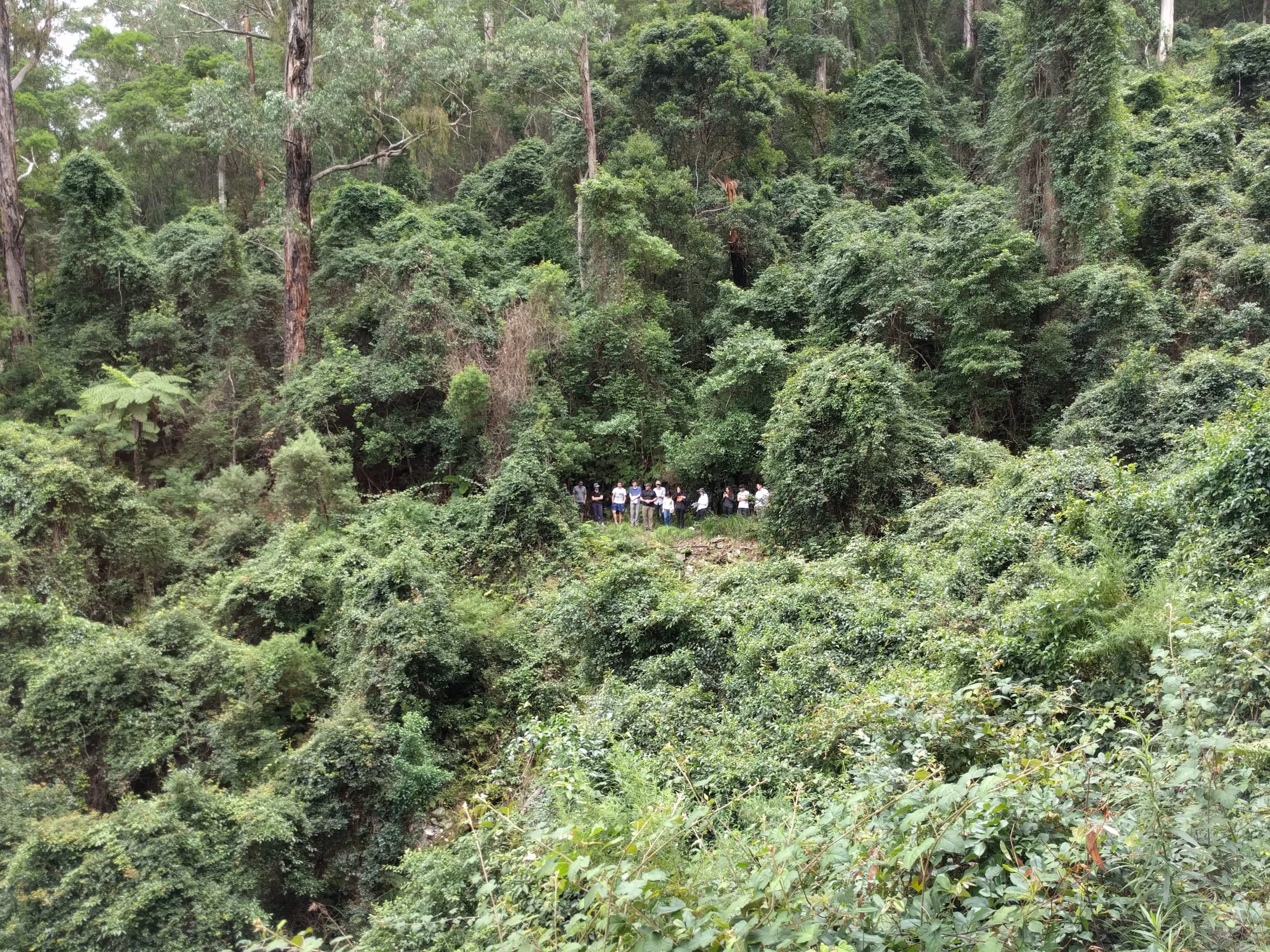
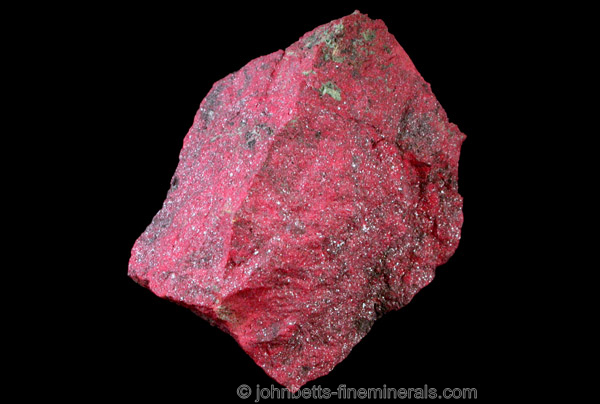
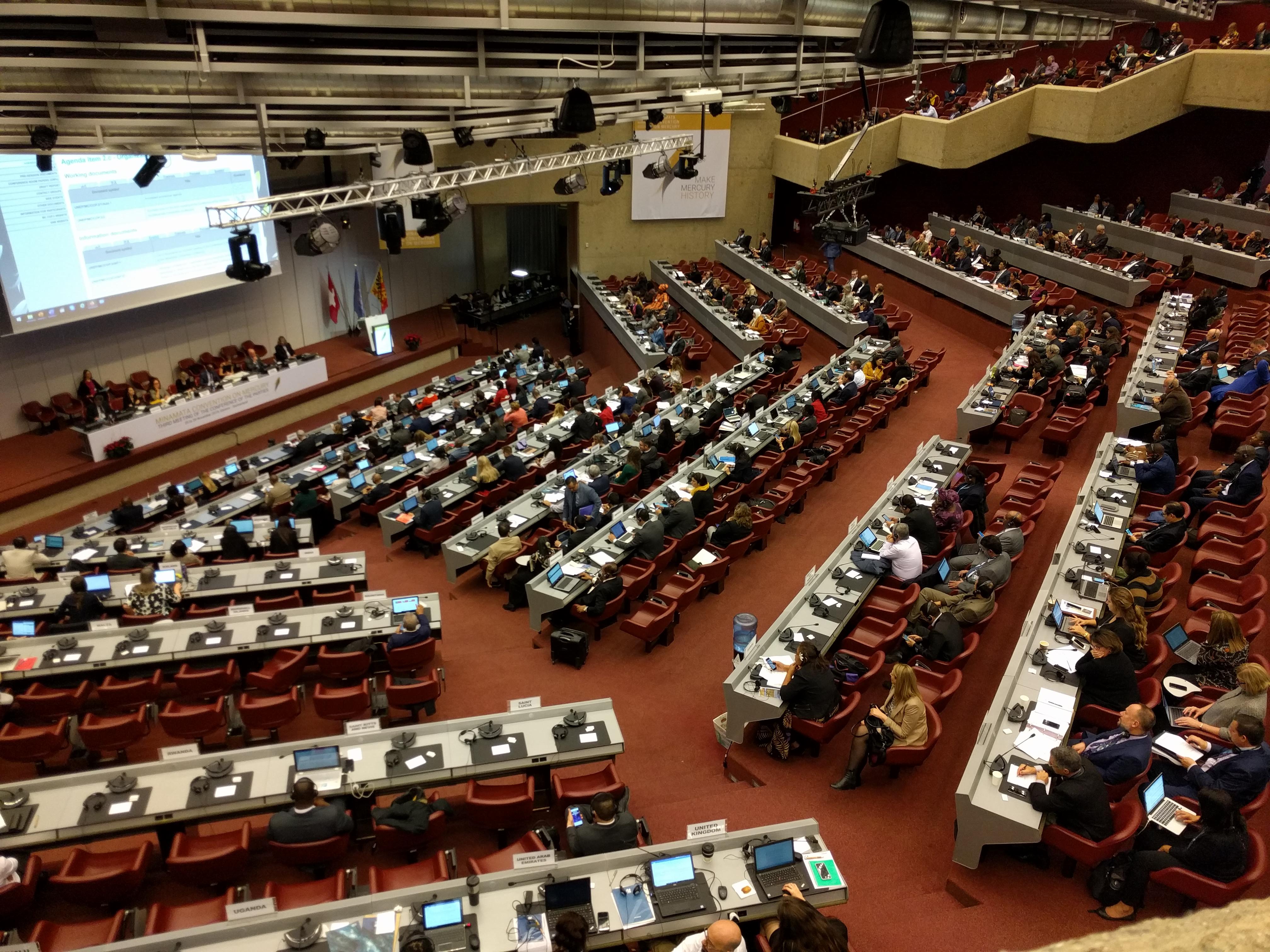
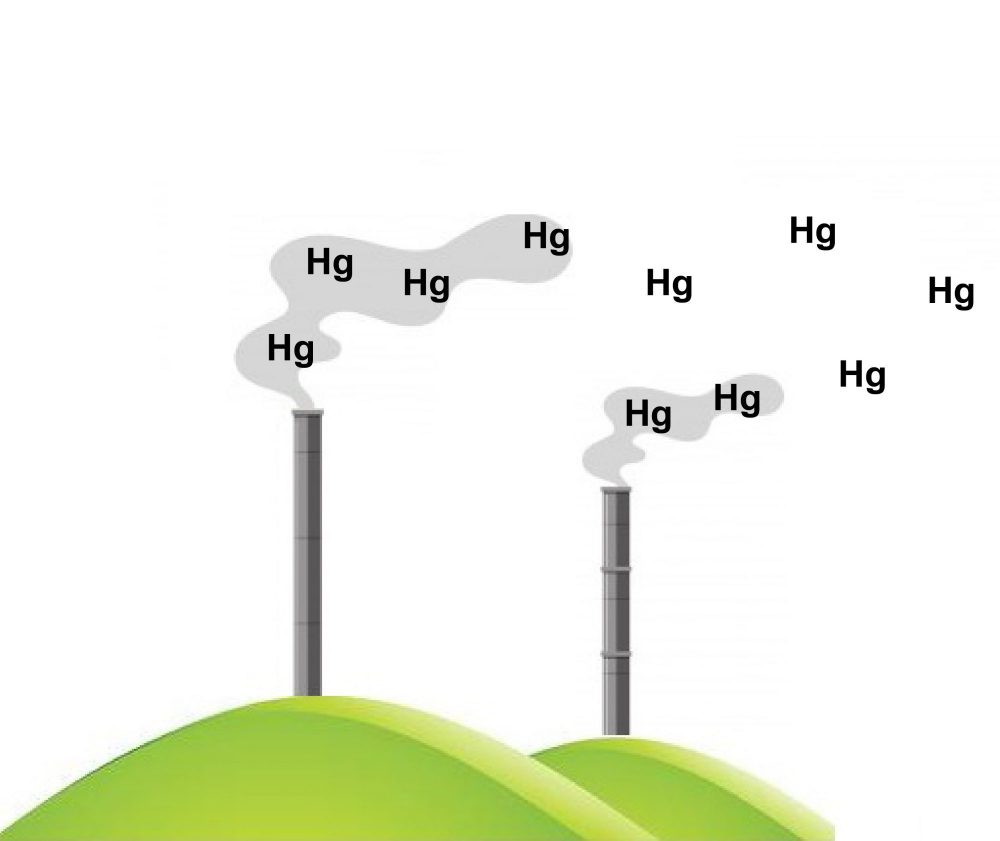
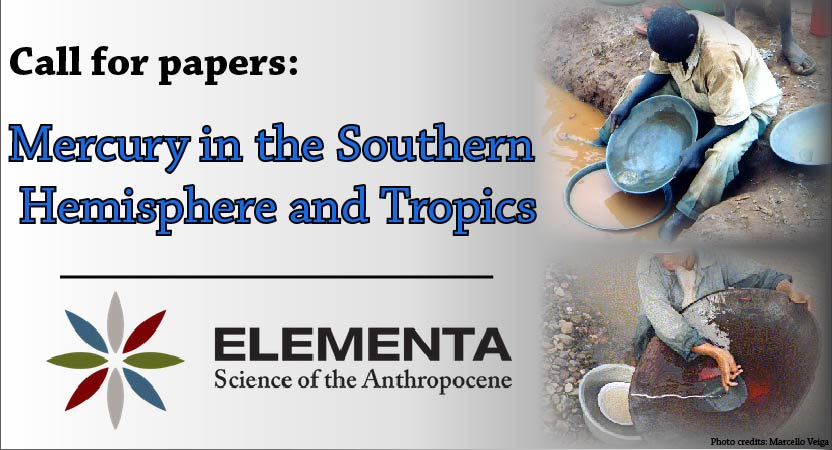
Twitter